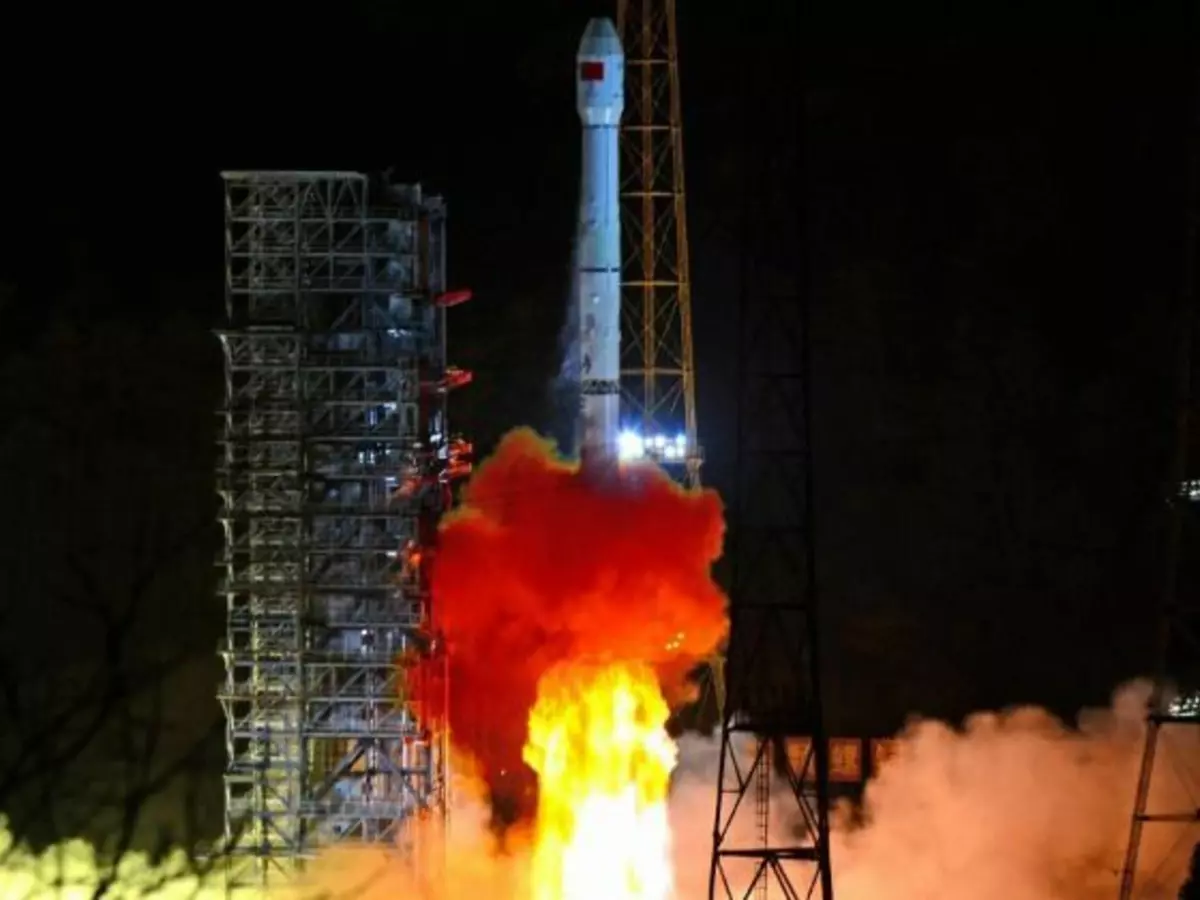Here¡¯s Why China Is Trying To Grow Potatoes On The Far Side Of The Moon
On Sunday China made space history, launching their latest rover to the Moon. They¡¯re achievement isn¡¯t memorable because of the rover¡¯s size, or anything though, but because it¡¯s going to show us the dark side of the Moon for the very first time.

On Sunday China made space history, launching their latest rover to the Moon. They're achievement isn't memorable because of the rover's size, or anything though, but because it's going to show us the dark side of the Moon for the very first time.

Images courtesy: Reuters
The Chang'e 4 mission is unmanned, and includes a lander and rover that blasted off yesterday, and will take about a month to get into position to land. In 27 days, it's expected to make a historic touchdown in the Von K¨¢rm¨¢n impact crater.
It'll be the first time humanity will actually land anything on the dark side of the Moon. To be clear though, it isn't called that because there's a mysterious lack of light there or anything like that. The thing is, the Earth is a tidally-locked satellite, which means its rotation takes exactly as long as it does to orbit our planet, 28 days. Thanks to that, the same side of the Moon is always facing Earth.
For this reason, landing on the far side of the Moon has other complications, like how the entire body of the Moon is blocking radio signals to and from Earth. To get around this, the Chang'e 4 will talk to Earth through a relay orbiter named Queqiao that China launched earlier in May. It's currently at a point midway between the Earth and Moon, allowing it to be the go-between for the mission and mission control.

China's old Yutu rover
But aside from the usual sensors and instruments, the Chang'e 4 rover is also carrying a surprising payload; potato and mustard seeds. The rover will actually plant the seeds (within a a protective canister) and study any growth that occurs.
According to the mission statement, the rover will additionally use a tube to direct natural light into the canister. The idea is to study if and how photosynthesis occurs using only the light naturally available on the Moon. That information will be critical when setting up farms for Moon habitation. If the potatoes can grow in natural light, it means we won't need to generate and use a lot of electricity shining heat lamps on them and the like.
